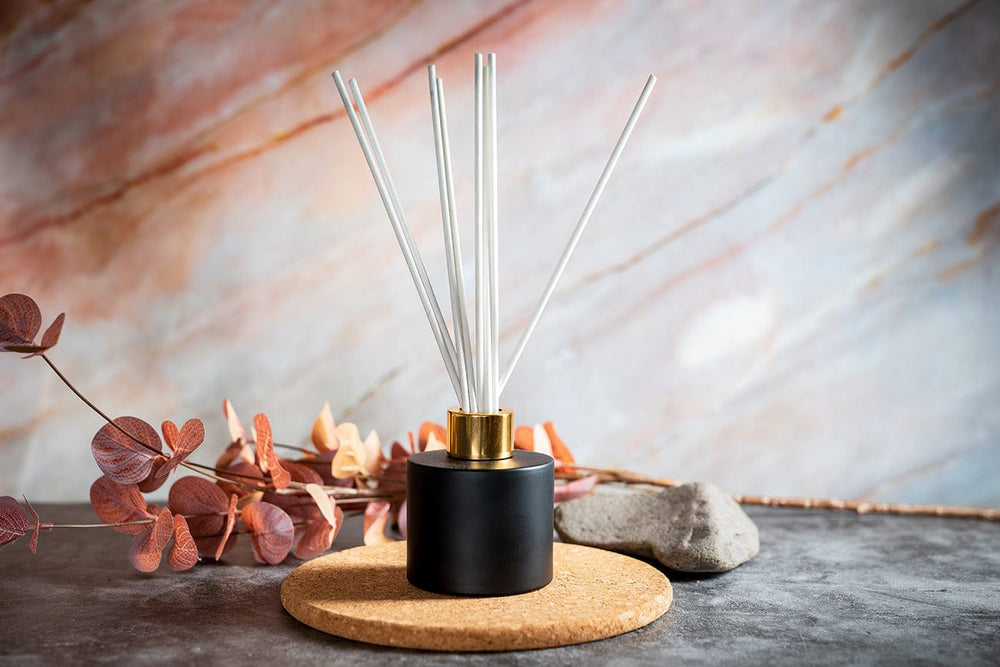Learn how to make beautiful and safe candles during the cold season!
Winter has traditionally been the biggest season for both making and using candles and no wonder! In addition to lighting up people’s living spaces in what seems like perpetually dark skies, they also offer warmth and a cosy vibe that’s hard to resist. But candle making in winter comes with one big challenge and Candle Shack’s expert chandlers are here to help you through it!
The problem
The main enemy during winter is - surprise, surprise - the temperature. The behavior of candle wax is highly dependent on the temperature and in winter, it tends to drop significantly, leading candles to behave differently than during the rest of the year.
This common problem presents itself in different ways. For candles containing paraffin, whether they are purely mineral or blends of both mineral and plant waxes, the cold temperatures increase the risk of jump lines and poor glass adhesion, undermining the aesthetics of clear-vessel candles.
Candles with plant waxes are not immune to the cold either. When the temperatures drop, RCX container wax has an increased tendency to develop cracks. And when the colder ambient temperature forces soy-based candles to cool too quickly, they may exhibit polymorphism.
Last but not least, cold temperatures can also affect finished candles’ burn profile. The same candle made with the same supplies using the same recipe and process may very well burn differently in summer than winter if kept in a non-temperature-controlled room. Candles burned in low-temperature environments will have a lower wax consumption rate and an increased risk of hang-up.
The solution
The main hack to making candles during winter is to heat your studio and storage area and to consistently keep them at an average temperature of 18 to 25°C. Also, make sure that all your windows and doors are shut to avoid any cold breeze sneaking in and ruining your hard work.
When making plant-based candles, keeping your supplies and in particular your candle jars in this warm room-temperature environment will help them avoid cracking and polymorphism. Another benefit of this will be to keep your candle-making time relatively stable as cold wax takes longer to melt than when kept at room temperature.
Make sure that your candles don’t get too cold during the curing time. If you keep them at 18 to 25°C for 48 hours after pouring, they will be less likely to develop surface cracks.
When making paraffin candles, we would recommend going one step further and preheating your vessels by putting them in a 35 to 40°C oven for 10 to 15 minutes. This will help you avoid jump lines and prevent the wax mixture from unsticking from your vessel and becoming loose.
Finally, when testing your candles, make sure they have come straight from your temperature-controlled studio or storage area for the results to be statistically significant.
And here you are! With these top tips in your pocket, making candles during winter should be a breeze (pun intended). Keep crafting and carry on!


